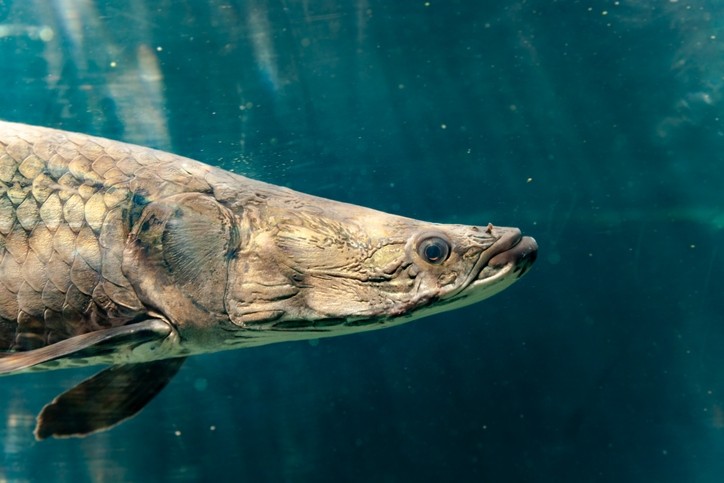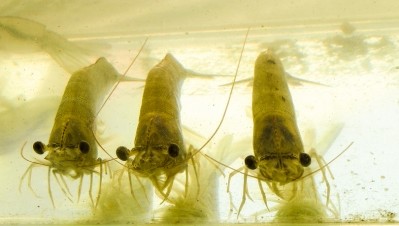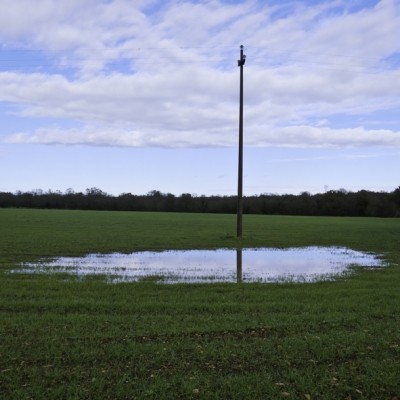Study: Sodium butyrate can boost farmed fish intake, production

A team of researchers from multiple universities in Brazil explored the use of sodium butyrate as a feed additive in the diets of farmed Arapaima gigas or pirarucu.
The study was published in the journal, Aquaculture.
“The objective of this study was to evaluate the performance parameters, the chemical composition of the whole body, intestinal villi morphology, blood parameters and enzymatic activity of A. gigas juveniles fed with diets containing different levels of sodium butyrate.”
Researchers found that supplementing the fish feed with 1.17g kg-1 of sodium butyrate boosted fish growth. Use of the additive also was linked to lower activity of aspartate aminotransferase and higher hepatic glycogen levels – which may make fish more resistant to environmental stress.
“The inclusion of 1.17 g kg−1 of sodium butyrate in diets for Arapaima gigas juveniles improves the growth parameters,” they said. “This additive level favors the feed conversion ratio, increased intestinal villous height, without interfering in the blood parameters, promoting the adaptation of the enzymatic activity of amylase, lipase and nonspecific alkaline protease.”
Why sodium butyrate?
Pirarucu is a species of fish endemic to the Amazon basin that displays the potential for cultivation as it will eat commercial feeds and generate high fillet yield, lacks intramuscular spines and has market demand, the researchers said.
However, production of the species is still being developed, they said. Nutritional studies have provided some production information for the species, but no work has been done looking at the use of feed additives in pirarucu diets or at health considerations.
Organic acids as feed additives have been used to support the growth and health of other fish species and in animal nutrition, they said. The supplements may improve the palatability of diets and fish immune response, increase protein digestibility and growth, and prevent the action of pathogenic bacteria.
The additive also may enable “the supply of energy to enteric cells” and boost the growth of intestinal villi, they said. In past trials with other species, it was found to improve the production of lymphocytes and monocytes and support whole body protein.
Feeding trial details
During the feeding trial, 75 juvenile pirarucus received one of five diets for a 45-day period, the researchers said.
The diets included a non-supplemented control diet (BS0) and four diets supplemented with sodium butyrate at 0.5g kg-1 (BS1), 1g kg-1 (BS2), 1.5g kg-1 (BS3) or 2g kg-1 (BS4), they said. Feeds included soybean meal, corn gluten meal fishmeal, flour of poultry viscera and meat and bone meal and were extruded as pellets.
Following a 10-day adaption period all fish were weighed and started on the trial diets, they said. Fish biometry information also was collected at the end of the feeding trial.
Fish were assessed for weight gain, meal feed consumption, feed conversion ratio and survival, the researchers said. Blood, liver and intestinal samples also were collected for analysis.
The hepatosomatic index (HSI) and viscerosomatic index (VSI) also were calculated at the end of the feeding trial, they said.
Results
Overall, the feed additive was found to alter the performance parameters for the fish, the researchers said. Fish feed intake and feed conversion increased along with the HSI and VIS indexes.
“Sodium butyrate as a dietary supplement can be used in diets for the carnivorous fish A. gigas (pirarucu) in the juvenile phase since this acid provides greater absorption of nutrients contributing in the body composition of fish and does not present hepatotoxic action,” they said. “In addition, sodium butyrate can act as a growth promoter, perform weight gain, and improves in fish health status.”
Fish on the BS1 diet saw the highest weight gain and the best specific growth rate, they said. Fish on all diets demonstrated similar survival rates.
“The inclusion of 0.59 g kg−1 of sodium butyrate in feed increased the consumption (135.39 g) of fish, and the inclusion of 1.17 g kg−1 of SB reduced the feed conversion ratio (1.13),” the researchers said. “Juveniles fed with 1.19 g kg−1 and 0.92 g kg−1 of the additive, also influenced the hepatosomatic index (1.45%) and the viscerosomatic index (8,6%), respectively.”
There was a quadratic effect for crude protein production in the fish as fish with the most produced were on the BS1 diet, they said.
“Both values of the villous height of the anterior and middle part of the intestine of A. gigas juveniles exhibit a quadratic effect,” they said. “The estimated optimal level was 0.99 g kg−1 of sodium butyrate to the anterior intestine (925.00 μm), and 1.20 g kg−1 for the middle intestine (704.03 μm).”
No differences were found for the production of hematocrit, total plasma protein, triglycerides, glucose or cholesterol, they said.
Enzymatic activities were determined to be highest when 0.88g kg-1 of sodium butyrate was added to the diets, the researchers said.
Enzymes increased by dietary addition of the feed additive include lipase, alkaline protease and hepatic glycogen, while aspartate aminotransferase declined as more of the additive was used.
Source: Aquaculture
Title: Use of sodium butyrate in the feeding of Arapaima gigas (Schinz, 1822) juvenile
Authors: J. Luz, A. Ramos, J. Melo, L. Braga
DOI: published online before print: doi.org/10.1016/j.aquaculture.2019.05.065















